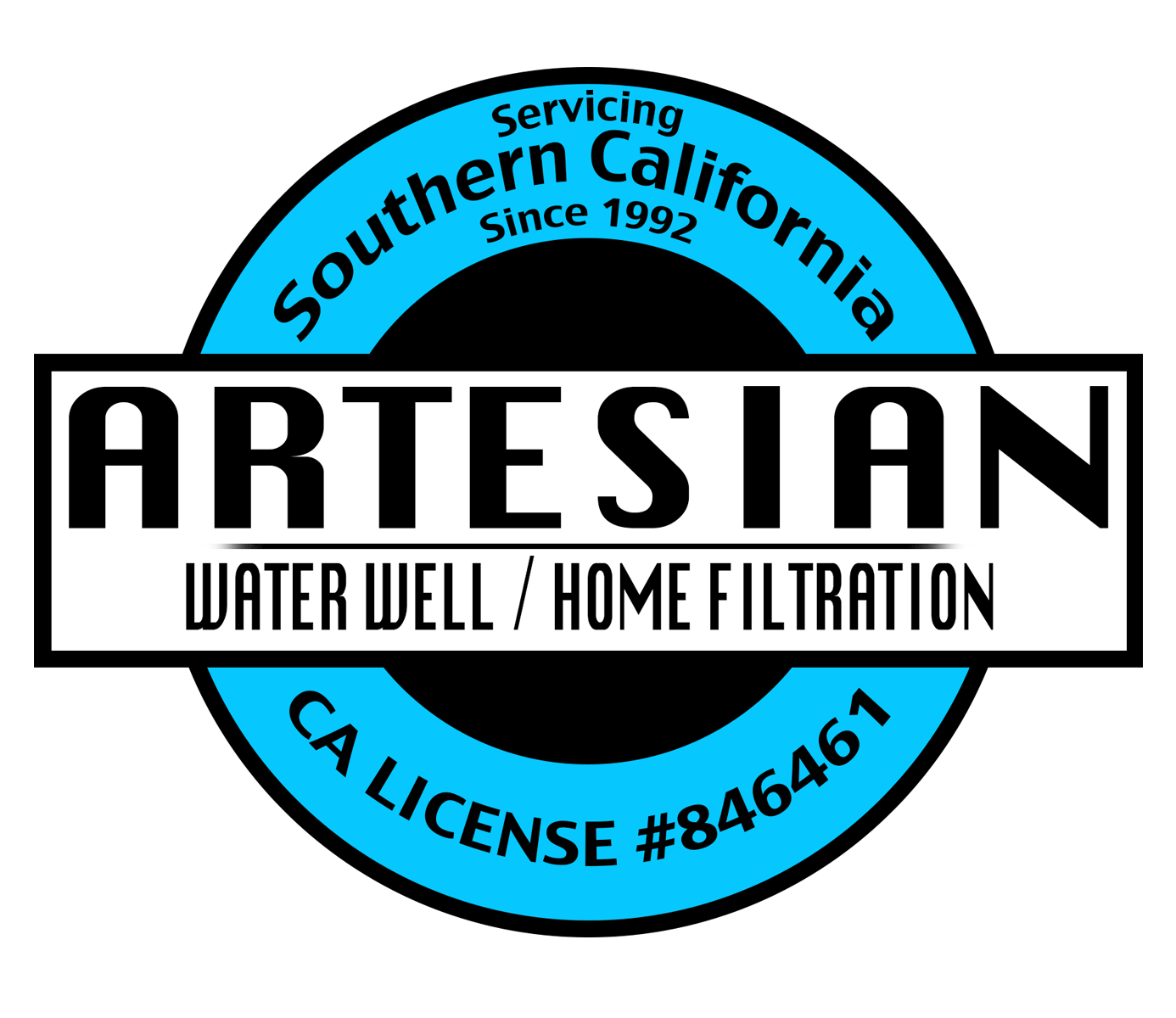Water Wells vs City Water
Water wells and city water systems represent two fundamentally different approaches to supplying water, each shaped by source, delivery, and management. Wells, such as Artesian or traditional pumped varieties, draw water directly from underground aquifers—layers of permeable rock or sediment that hold groundwater. This water is accessed via private installations on individual properties, offering users autonomy over their supply. In contrast, city water, also known as municipal water, comes from centralized sources like rivers, lakes, reservoirs, or large groundwater systems, treated and distributed through a vast network of pipes to homes and businesses. The choice between the two often hinges on location, cost, and personal priorities, with wells common in rural areas and city water dominating urban settings.
The differences in use are stark, starting with control and quality. Well water users, whether for residential drinking or agricultural irrigation, manage their own systems, tailoring maintenance and treatment to their needs—think periodic testing for contaminants or installing filters for taste. This can yield pristine water, especially from deep or confined aquifers, free of the chlorine or fluoridation typical in city water, though it requires diligence to avoid natural pollutants like nitrates or bacteria. City water, however, arrives pre-treated to meet regulatory standards, offering convenience and consistency but often with a chemical aftertaste or adjusted mineral content that some find less appealing. For agriculture, wells provide flexibility in volume and timing, while city water may come with restrictions or higher costs during peak demand.
In conclusion, the choice between water wells and city water boils down to trade-offs between independence and infrastructure. Wells empower users with direct access to groundwater, potentially superior in purity and suited to specific uses, but they demand hands-on oversight and upfront investment. City water, backed by municipal treatment and distribution, prioritizes ease and reliability, though it sacrifices some control and natural quality. Whether for a household tap or a farm’s irrigation line, the decision reflects a balance of practicality, preference, and the resources at hand.
